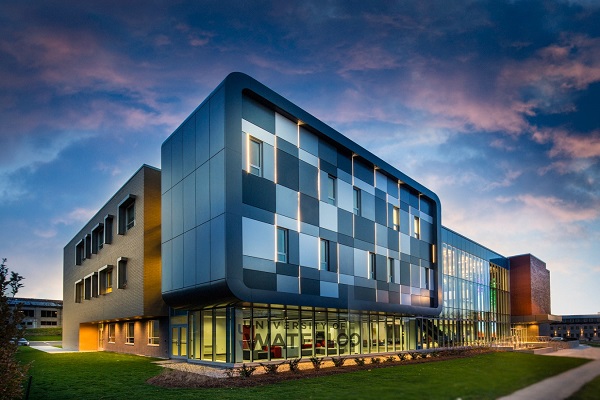University of Waterloo: Planting the seeds of reconciliation
Even before the commitment was made on paper and then solidified in ceremony, talk of Indigenous reconciliation had been taking place in the University of Waterloo’s Faculty of Health. However, it took the hire of an Indigenous Knowledge Keeper to give shape to a process that is sometimes not well understood and often difficult to begin.
Elder Myeengun HenryThat Indigenous Knowledge Keeper is Elder Myeengun Henry, formerly Chief of the Chippewas of the Thames First Nation and Indigenous leader at Conestoga College. His voice is soothing but forceful, and he looks like a man who has found his calling. Part grandfather, part sage, part friendly neighbour, he is a healer who came to Waterloo at just the right time.
Elder Henry is at a stage in his life where he wants to share his knowledge, experiences, language and culture. He wants to offset the damage of more than one hundred years when Indigenous culture, identity and languages were stifled, prohibited and criminalized. He tirelessly spreads the word through learning circles, ceremonies and even attending every single one of the 20 convocation ceremonies this spring. He does it patiently and cheerfully, but also pointedly when necessary.
“We had to have a starting point,” said Elder Henry at the Faculty of Health’s inaugural Commitment Ceremony this week. In this case, the starting point was the inclusion of a signature commitment to create “an environment that invites and respects Indigenous ways of knowing” in the Faculty’s latest strategic plan, made formal by the ceremony.
Elder Henry presents Dean Lili Liu with an eagle feather“The vision was there, so today we make that full commitment by planting a cedar tree as a point of celebration,” he said. He and Dean Lili Liu also exchanged gifts: a sacred eagle feather for the Faculty, and a one-of-a-kind beaded medallion for Elder Henry. They also unveiled a Wampum Belt that will hang in the Health Expansion building.
“I am overwhelmed by the support and love I’ve felt since I came to help build this up,” Henry says. “I know there is honour and respect of Indigenous people in this Faculty. We’ll find our struggles now and then and have differences of opinion, but I think overall, our commitment is here and is strong.
The feeling is mutual. Dean Lili Liu is grateful for the leadership and counsel Elder Henry is providing. “Not only has Elder Henry shared deep knowledge and wonderful ideas for how to help make our spaces and actions more inviting and welcoming, but he has quickly become a part of our Faculty family.”
Dean Liu and Elder Henry reveal the Wampum BeltWhile the Faculty’s reconciliation efforts have started with events such as a Red Dress Day commemoration and the Commitment Ceremony, they are also creating spaces that can be used by Indigenous students and others, installing Indigenous artwork to make students feel comfortable and accepted, and including Indigenous knowledge into the curriculum to make a difference in how we practice and deliver health programs and services.
“Give students a place to congregate, celebrate, smudge and be proud to be an Indigenous student in the Faculty of Health,” Elder Henry says. “I see a vision coming true, a formal commitment to making this come true. It will be longer than the life of a strategic plan.”
Of course, there is good reason Elder Henry is motivated to teach about Indigenous history and culture: “We did ceremonies on this land. We walked this land and we fed our families on this land. It’s important for Indigenous people to know that we are still here.”

